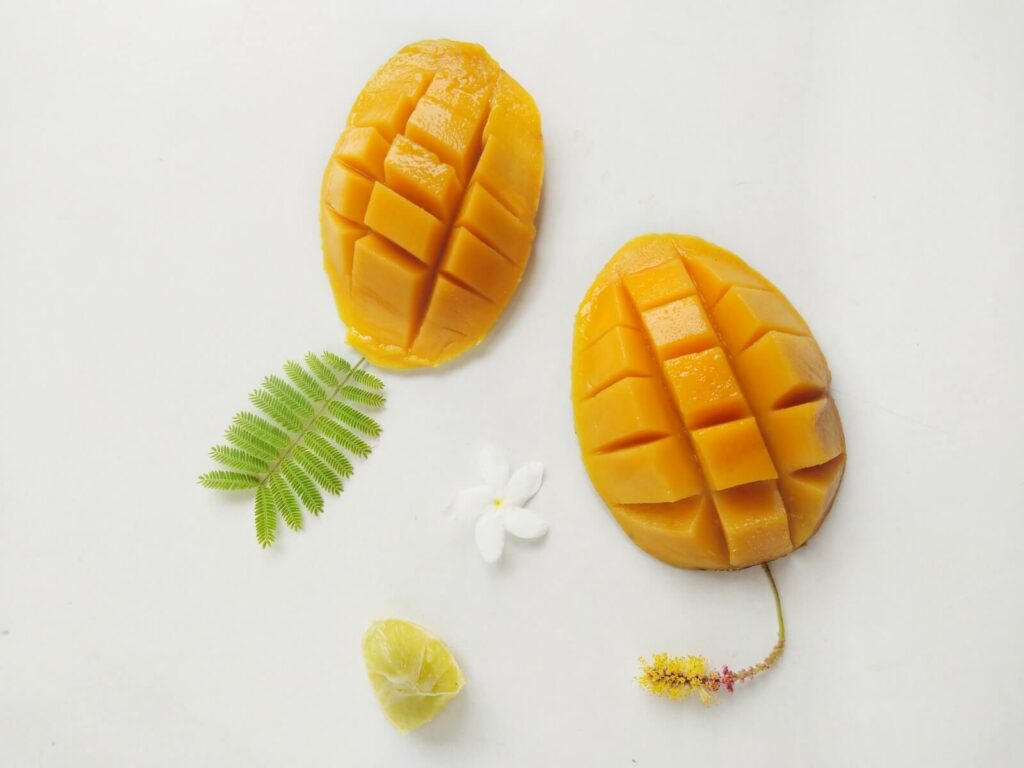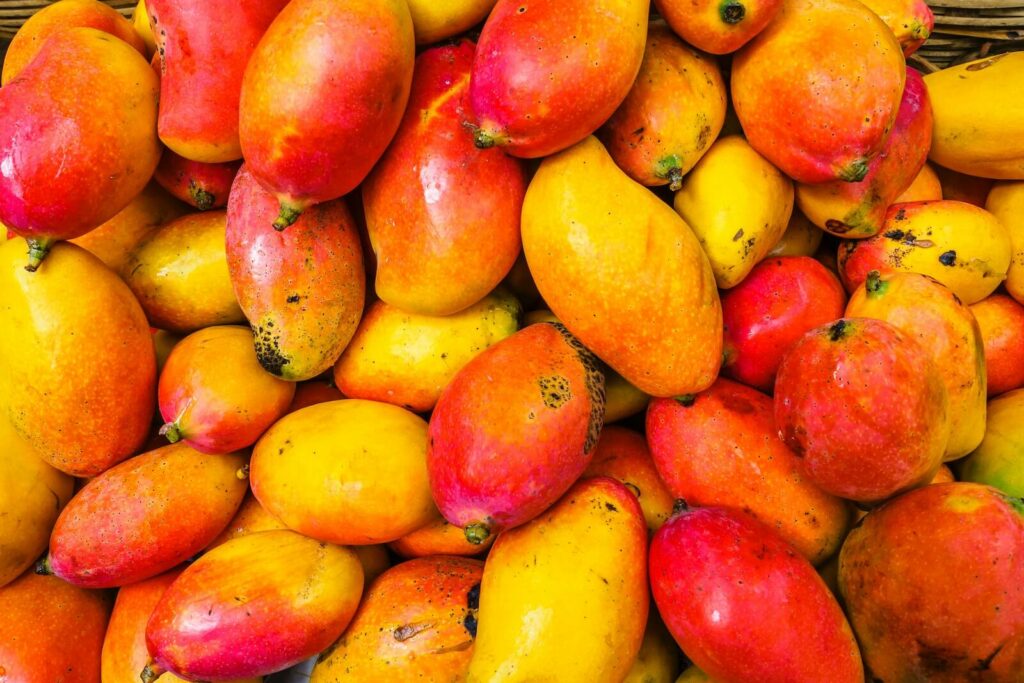For some people, mangoes are summertime fruit and for others, they’re a year-round delight. But when you love the sweet taste of mangoes, nothing compares to biting into one that is just right. If you don’t want to wait around until your mango ripens naturally, here are four easy ways to do it! Learn how to ripen mangoes and enjoy them immediately.
How to ripen a mango – 4 tips
1. Ripen the mango in a paper bag at room temperature
Fill a paper bag with air and gently place the mango inside. Close the top of the bag securely, but not tightly enough to squash or crush it. Place the secure package in a dark spot for two days; some people leave them on their countertop while others store them in a drawer.
The paper will help trap ethylene gas, which is what causes the fruit to ripen. Once it starts to soften and develop a sweet aroma, you’re ready for mango bliss!
2. Drown the mangoes in popcorn kernels or uncooked rice
This one is a little more complicated, but not difficult. Place three cups of popcorn kernels or uncooked rice in the bottom of a glass jar and then add your mangoes and seal the lid tightly.
The goal here is to trap as much ethylene gas as possible while changing its pH level so bacteria can’t grow on your fruit! Leave for two days – you’ll be able to tell if they’re ripe when you open them because they will have absorbed enough moisture that their skin has softened noticeably without becoming rotten or moldy.
As long as both items are sealed completely, there’s no risk of anything happening beyond what we want- which is our tasty treats turning into fruit salads!

3. Use the microwave
For the fastest and easiest way to get your mango ripe, try putting it in the microwave. With a knife, poke the mango in 4-6 places to let the steam escape while it heats.
Make sure you only cook for 10 seconds at a time- just enough to soften the fruit without cooking or changing its flavor! Repeat this process until you achieve the desired softness.
On a side note, microwaved mangoes do not taste the same as ripened ones. If you want to enjoy the mango’s true flavor, it will require waiting and patience!
4. Leave it on the counter and be patient
Some people just leave the mango on their countertop until it ripens. It takes several days to a week but you’ll know when the mango is ready because it will have a sweet aroma, and its skin will be noticeably softer.
If you’re not sure which way to go with your ripening dilemma, try out more than one method! There are many ways to get this done, so experiment until you find what works for you.
How to tell if a mango is ripe
- Smell the mango. If it smells sweet and fruity, congratulations! It’s ripe.
- The skin of ripe mango will often be considerably softer than the unripe fruit. The skin may also have some small brown flecks on it, but if they’re too numerous or deep in color, then that means your fruit is past its prime.
- Squeeze the mango. If it feels firm and does not give at all, then that means the mango is too hard and needs more time.
- Many mangoes should be yellow or orange when ripe with a slight brown tint on the peel. Unripe fruit will often have green skin with patches of white or pink coloring. Except for a few mangoes, so this isn’t a metric you can trust all the time.
- Black spots on the fruit’s skin also indicate ripeness. It will be more firm to touch and have a sweet smell if it is ripe. Don’t be scared of them.

How to properly store mangoes
Mangoes should be stored in the refrigerator if you don’t want them to ripen more and go bad.
The fruit can also be placed on a countertop at room temperature, but only for about three days before it starts to spoil and turn brown. If you need a later ripening date, keep them refrigerated until then!
Mangoes can also be stored in the freezer. They are typically ripe and ready to be eaten after about two months of having been frozen and often can last up to 6 months.
Hopefully, this article helped you with any mango ripening dilemma. If not, try one of the methods mentioned!
